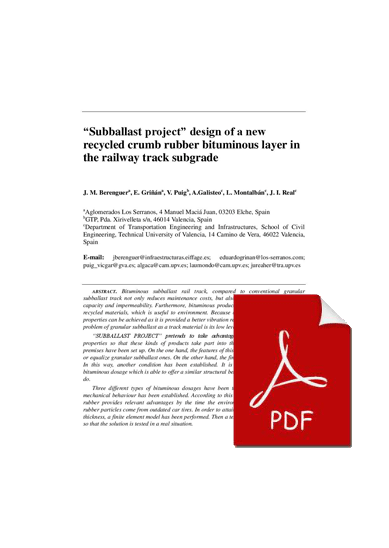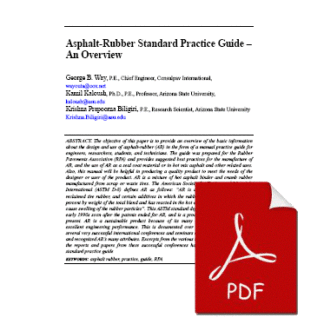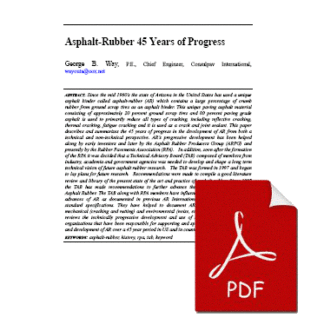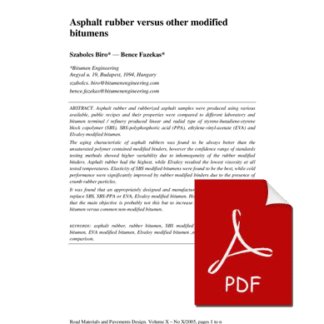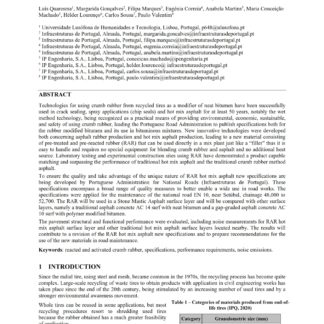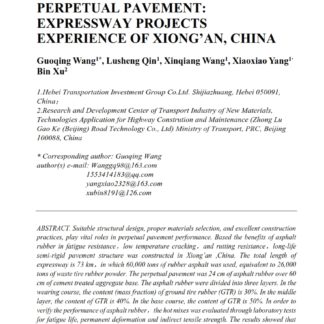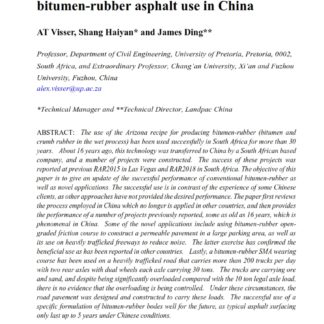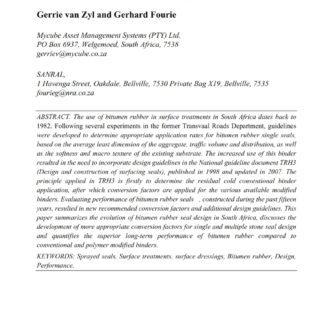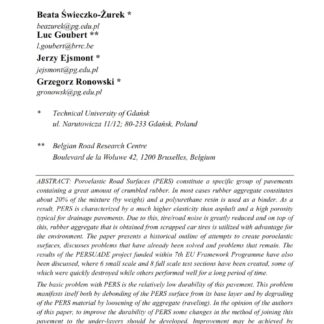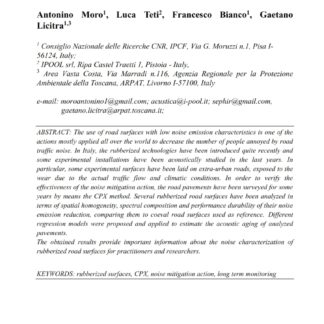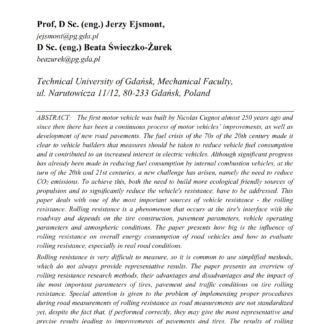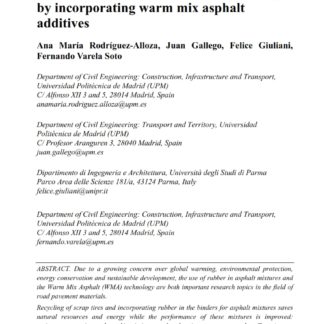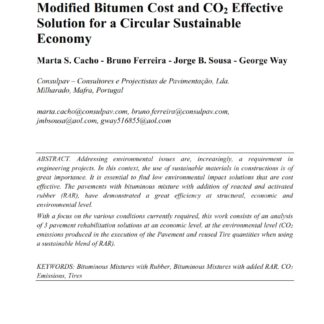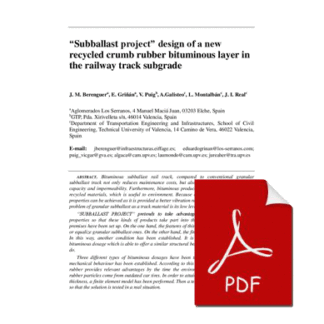Description
Bituminous subballast rail track, compared to conventional granular subballast track not only reduces maintenance costs, but also increases subgrade bearing capacity and impermeability. Furthermore, bituminous products are likely to be mixed with recycled materials, which is useful to environment. Because of that, improved viscoelastic properties can be achieved as it is provided a better vibration reduction. In addition, the main problem of granular subballast as a track material is its low level of obtainment from quarry.
“SUBBALLAST PROJECT” pretends to take advantage from bituminous material properties so that these kinds of products take part into the subgrade. Thus, two main premises have been set up. On the one hand, the features of this new solution have to improve or equalize granular subballast ones. On the other hand, the final investment has to be lower. In this way, another condition has been established. It is pretended to find the right bituminous dosage which is able to offer a similar structural behaviour as granular materials do.
Three different types of bituminous dosages have been taken into account, and their mechanical behaviour has been established. According to this research, asphalt with crumb rubber provides relevant advantages by the time the environment is respected as crumb rubber particles come from outdated car tires. In order to attain the correct bituminous layer thickness, a finite element model has been performed. Then a testing track is going to be built so that the solution is tested in a real situation.
At this point, some interesting additional conclusions have been reached. In terms of transport costs, it has been figured out that for medium distances from the quarry -45 km-, it is truly profitable to choose bituminous materials as the suited solution.
This project is being developed by several private and public companies. The consortium is consisted of OCIDE, Aglomerados Los Serranos, AMINSA, Intercontrol Levante, with two outsourced entities such as Universidad Politécnica de Valencia -UPV- and Ente Gestor de la Red de Transporte y de Puertos de la Generalitat -GTP-. It has been approved by “Centro para el Desarrollo Tecnológico Industrial” -CDTI-, with a budget of 4.2 million euros.

